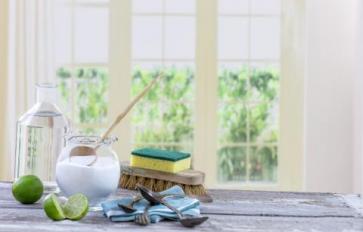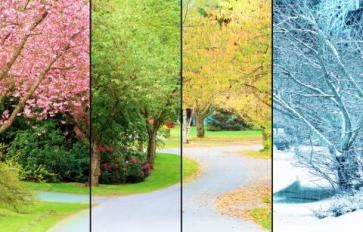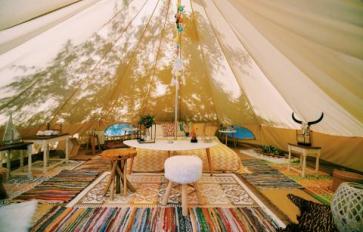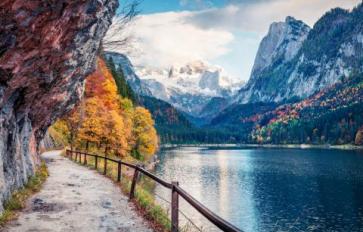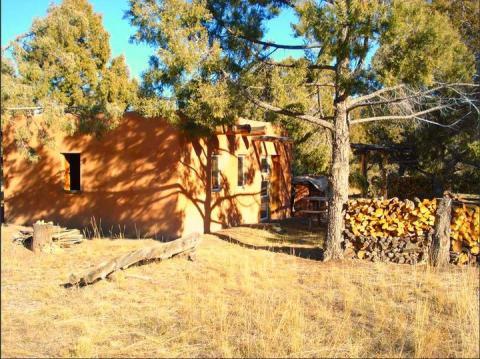
Adobe structures are some of the oldest buildings, yet still remain some of the most sustainable. These structures naturally regulate temperature indoors, are made from natural materials, and are able to withstand some of the harshest climates.

An adobe structure my dad built himself in SW Colorado.
So, what is adobe? Adobe buildings are made from mud, clay and fiber (usually straw) that are dried into blocks and stacked together. Ideally, 1/3 of the mud mixture consists of clay to give it the right consistency to retain its structure and resist cracking or crumbling. The straw is used as extra strength and consistency in the blocks. Depending on the climate in which you live, concrete can be added into the mixture to give the blocks extra strength and protection against harsh elements.
Adobe buildings date back as far as the 9th Century B.C. Historically, they are most common in dryer areas, such as the Southwest United States, where Adobe served as a prevalent construction method for many Native American tribes, like the Anasazi, Hopi, and Zuni tribes.
Adobe abodes make their way into Basmati’s Sustainable Housing Series because of their use of renewable resources and decreased reliance on resources like heating and cooling. Like Earthships, Adobe buildings are passive solar structures, meaning the inherent thermal regulation of dense materials (the combination of mud, straw, and clay) deflects the sun in the summer and absorbs it in the winter, even without solar panels. This drastically decreases the need for air conditioning in the summer and heat in the winter. Moreover, because of the dense construction materials, insolation is built right into the structure – heating and cooling are retained for hours within the walls. The primary ingredients for adobe blocks are sunshine, dirt, and straw – all plentiful and highly renewable (and accessible!) resources.
Another reason adobe buildings have been in the spotlight lately is because of the increased interest in do-it-yourself housing structures. Adobe buildings can be constructed without the use of advanced technology (trust me, my dad made me help him build our adobe cabin for a few summers when I was younger – it’s possible). The low cost of these materials (you can even use the dirt around the property on which you are building these structures) make it a particularly attractive construction method.

The inside of the adobe built by my dad.
The accessibility and affordability of adobes also make them an option for countries that do not have the materials or economic resources to construct traditional housing, but are in need of more efficient temperature regulation.

A bobcat visiting the adobe!
So, how much does it cost to build an adobe building? Generally, an adobe can cost anywhere from $55-$85 per square foot. The variation in these numbers depends most heavily on whether you (and your lucky friends/family) build it yourself or have it constructed, and the types of finishes built into the home.

